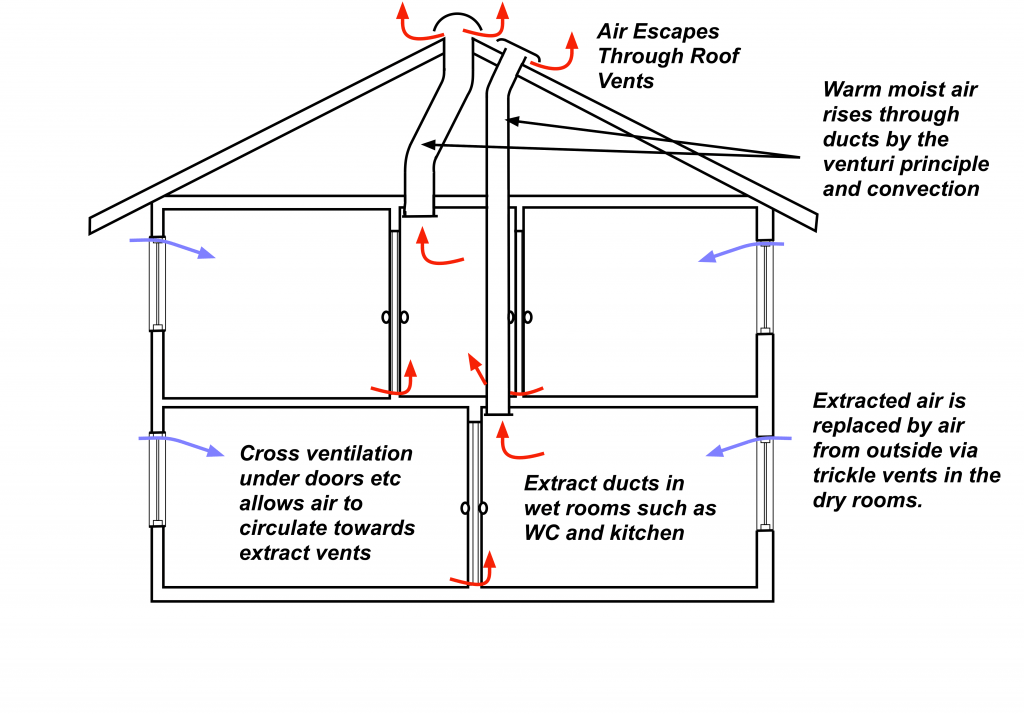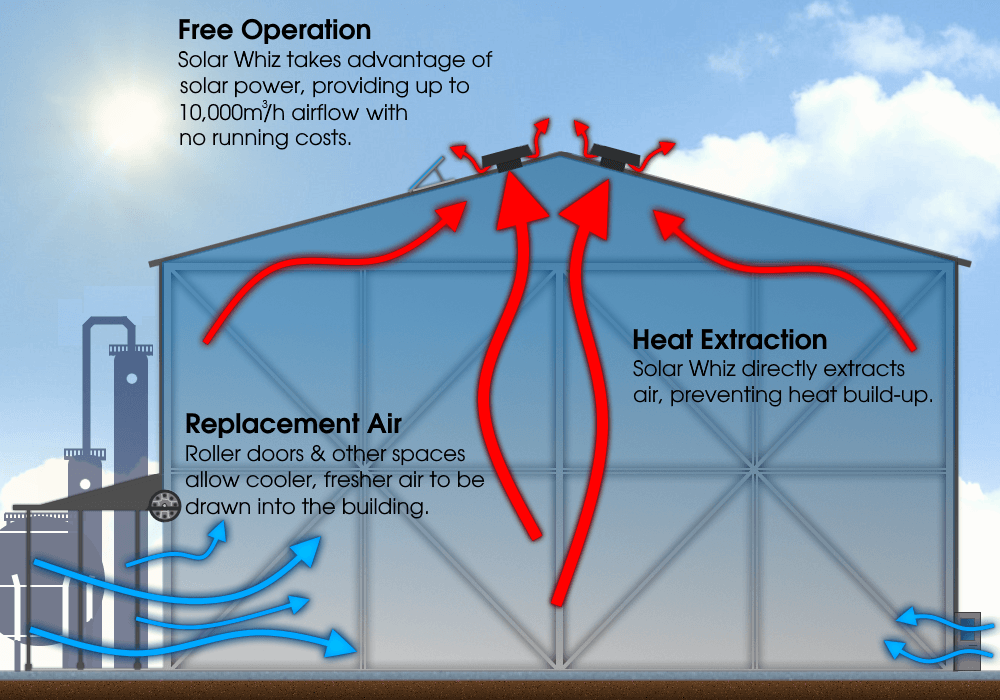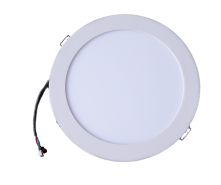Solar Whiz Commercial — FAQ’s
Frequently Asked Questions List
The Solar Whiz Commercial system runs on the same simple and straightforward principles as our residential system. However, we often receive queries regarding how it works.
We have therefore compiled a list of the most commonly asked questions and hope that you’ll find the answer you need. If not, call us directly on 1300 609 994 or email us at enquiries@ges.com.au
1) What sort of applications are industrial whirlybirds suitable for?
Any large space that requires significant ventilation and air movement will benefit from Solar Whiz Commercial units. We have installed our units in countless types of facilities of all shapes, sizes and purposes. Here are some examples:
- Factories
- Warehouses
- Schools and daycare institutions,
- Office buildings,
- Community centres and halls
- Exhibition centres
- Industrial and agricultural sheds
- Indoor play and climbing facilities
are all perfect applications for SW-AU-C-155 industrial whirlybirds.
View our case studies page to see real examples of our installations.
2) Where can I purchase Solar Whiz products?
GES has an extensive network of dealers throughout Australia.
You can check out our list of dealers here or give us a call on 1300 609 994.
Airflow Capacity
3) How much air can the Solar Whiz Commercial Ventilation Systems move?
Like our smaller domestic Solar Whiz units, the commercial units are named according to the nominal max wattage of the solar panel.
The maximum airflow capacity of the industrial whirlybirds SW-AU-C-155 – measured without resistance is 10000 cubic metres of air per hour (cbm/hr).
4) How much air does each type of Solar Whiz move compared to a standard whirlybird?
The SW-AU-C-155 is capable of moving 10000cbm/hr – about 100 times the air volume that of your standard domestic whirlybirds will do!
Our largest domestic unit, The SW-AU-R-2300, is capable of moving 2300cbm/hr – 23 times the air volume compared to your standard whirlybird
Calculating Needs
5) How many industrial whirlybirds roof ventilation units do I need?
To calculate how many SW-AU-C-155 units you will need, you will first need to calculate an estimate of the volume of the facility you are looking to ventilate (length x width x height). When you have this figure, you need to multiply this by the recommended number of air changes. Or for alternative sources, see the list at the bottom of our commercial ventilation page.
6) An Example of Calculating the Recommended air changes per hour…
A factory is 40m x 40m x 10m (16000 cubic metres). We multiply this by the recommended minimum number of hourly air changes for effective ventilation in a factory (3-5, in this case 4). The required airflow is, therefore:
16000 (cubic metres) x 4 (no. of air changes) = 64000 cubic metres of airflow is recommended, per hour.
So, 7 of the SW-AU-C-155 units would be the minimum recommended in this case.
It is important to realize that while 3-5 air changes per hour is the recommended amount, even having 1-2 air changes would make a difference
Thermostat
8) Can the commercial ventilation system be thermostatically controlled?
Yes!
The SW-AU-C-155 can be installed with our adjustable thermostat if you wish to do so. With a thermostat installed, the unit will run until the temperature at the location of the thermostat drops below the set temperature.
The adjustable thermostat also has an on/off switch so you can switch the unit completely off if you wish to do so. This might be the case during the winter months.
In some applications where constant ventilation is required, it may not be beneficial to have the thermostat installed.
Specifications
9) What size is the motor and PV panel that is supplied with the commercial roof exhaust fan?
The SW-AU-C-155 is supplied with:
- a 24V,
- 100W motor and
- a PV panel to suit.
10) How noisy is the commercial ventilation fan?
The SW-AU-C-155 unit is rated to run at <73dBA.
This is roughly comparable to an A/C unit at 30 metres distance (<70dBA) but will be on the roof.
11) What are the components of a Solar Whiz?
Our commercial units are made up of 4 main components:
- 24 Volt DC software-controlled brushless motor with double-shielded ball bearings.
- Stainless steel fan body, motor arms and fasteners
- Aluminium fan cap and flashing
- Separately mounted 155 Watt PV panel
12) What is the casing made of? Is it strong?
We use materials designed to last in Australian conditions
- All components are stainless steel, including fasteners, except for the fan cap and flashing, which are aluminium alloy.
- The fan cap is powder-coated Shale Gray.
13) What are the dimensions of the units?
The Commercial Units:
- SW-AU-C-155 unit – 900 Dia 305 high; throat size of 630mm
- 155W Panel – 1620 x 760 x 40
- Flashing – 915mm x 915mm x 0.8mm
Packaging:
- SW-AU-C-155 unit – 920x920x340
- 155W Panel – 1650 x 790 x 70
General Ventilation
14) Why is passive ventilation not enough?
Passive ventilation relies on unpredictable natural processes like wind and heat convection, meaning that by the time passive ventilation kicks in the roof space is already too hot. Passive ventilation relies on natural forces like temperature differences to move air around. That means that the inside air has to be hot in order to trigger the thermal buoyancy that drives the exchange of air. As a result, passive ventilation works when the conditions are right and not necessarily when you need it to.

This diagram shows how passive stack ventilation works. From Eco Home Essentials
The Solar Whiz starts working as soon as the sun shines, preventing your roof space from reaching high temperatures in the first place. Mechanical ventilation is also far more powerful than passive ventilation. Our units are capable of moving a lot more air than your standard whirlybird.

This diagram illustrates how Solar Whiz Commercial extracts heat and effectively keeps your establishment cool.
15) What is replacement air and how do we bring it into our building?
When an exhaust fan extracts hot air from inside it needs to have access to replacement air to replace the lost air.
Our commercial fans extract significant amounts of predominantly hot/warm air from inside your establishment; for cooling to take place we need to replace the extracted air.
Replacement air is usually dragged in through ventilation vents that already exist in the building. If you don’t have existing passive ventilation vents replacement air can be obtained by leaving windows, roller doors, emergency exit doors, or anything similar slightly open while the units are operating.
16) Where does replacement air come from?
17) What is the difference between an intake and exhaust vent?
Intake vents introduce new air into the building. They are usually installed in the under-eave/ overhang or fascia area.
Exhaust vents expel hot air from the roof/ceiling space. They are the fans installed on the upper third of the roof.
The Solar Whiz unit is the exhaust vent/fan installed on the roof and the air intake vents supply it with replacement air. Ask us about the type of eave vents we recommend complementing your Solar Whiz installation!
18) I want to stop warm air escaping from the Solar Whiz opening during the winter months. How is this done?
Installing a thermostat with your unit will stop it from running in the colder winter times. This will ensure that valuable heat in your roof space isn’t being unnecessarily extracted.
The amount of heat lost through the unit itself is minimal. The best thing you can do to keep heat inside duiring winter is to properly insulate the building. However, if you wish to take things a step further you can cut a piece of foam to fit and place it inside the throat of the Solar Whiz unit.
Installation
19) Can I install a Solar Whiz on my shed/workshop etc.?
Absolutely!
Tin and other variety of sheds can get extremely hot in the summer months making them very uncomfortable to work in. The Solar Whiz is a great, cost-effective way to keep a shed or workshop (relatively) cool!
As the Solar Whiz is completely solar operated, it is also suitable for installation on sheds where there is no electricity available.
20) How difficult is it to install a Solar Whiz?
Our products are proudly DIY-friendly! It is therefore possible to do the installation yourself and we are happy to provide installation instructions and advice.
Installing Solar Whiz industrial ventilation is pretty straightforward for a competent handyman or a professional installer. If you are not comfortable doing the installation yourself we have a number of dealers and installers across the country to help you. Additionally, your local handyman should be well-equipped to install one of our units for you
If you would be comfortable installing a whirlybird then you would be perfectly capable of installing a Solar Whiz unit. Our roof ventilation fans are only a little more step up from this!
Warranty
21) What is the warranty on the industrial ventilator?
Solar Whiz commercial roof ventilators are designed and manufactured in Melbounrne for durability in the harsh Australian conditions and backed by a 10-year warranty on PV panels and 2 years warranty on other components. An optional extended warranty is also available.
In order to make a warranty claim, please contact the dealer you purchased the unit(s) from or alternatively give GES a call on 1300 609 994.
Please go to our GES site for the full warranty information, or give us a call on the above number
22) How do I obtain warranty service?
In the unlikely event of making a warranty claim, you will need to give us a call on (03) 9889 0888 or 1300 609 994 and let us know the nature of the problem. Check out our full warranty terms and conditions here.
Alternatively, you can send us an e-mail with a photo attachment showing the problem.
Replacement parts will be sent ASAP and can be sent anywhere in Australia.
23) Are replacement parts available?
Yes!
If there is a fault with your commercial unit outside of the warranty period/terms, replacement parts are available and stocked by GES. Give us a call on 1300 609 994 to discuss.
24) My warranty has expired - can I purchase replacement parts?
Yes!
Global Eco & Environmental Solutions has Solar Whiz parts that can be purchased if something happens outside the warranty covered. These parts are reasonably priced and can be delivered anywhere in Australia. Contact us via email or phone (03) 9889 0888 or 1300 609 994 for current prices
Alternate Functions
25) Can the Solar Whiz be used at night?
Yes!
At its basic level, Solar Whiz industrial whirlybirds will operate whenever the sun shines.
However, if you want to run your units overnight this can be done with a commercial control box. Th control box includes a 24-Volt power supply and a constant current module (CCM). This lets you operate the system at a constant speed regardless of the amount of sunlight available. Thus, letting you run the unit at night!
27) What control do I have over the unit's operation?
Our units can be installed with eith an adjustable or a fixed thermostat. These give you extra control over when the unit starts and stops operating.
Fixed thermostats turn your unit on when the temperature reaches 30°C. That also means that the unit will turn off when the temperature drops below 30°C.
An adjustable thermostat lets you decide what temperature your unit starts or stops operating (between 10°C-30°C). This option also comes with a manual switch that lets you turn off the Solar Whiz even if the air temperature is above the set temperature.
If you want contant ventilation we suggest including a Night Operations Kit, which allows mains power to ‘top-up’ the solar power during the day and operate at full capacity overnight.
Other
28) Where are Solar Whiz products produced?
Solar Whiz industrial whirlybirds are proudly designed and built in Australia by Global Eco & Environmental Solutions (GES Pty Ltd).



